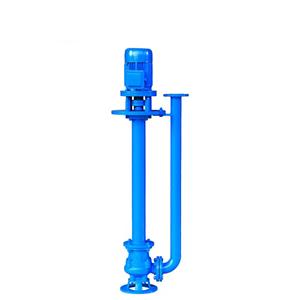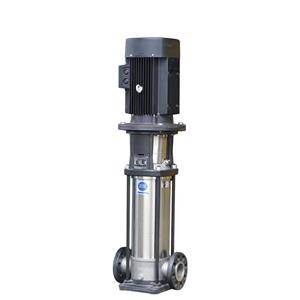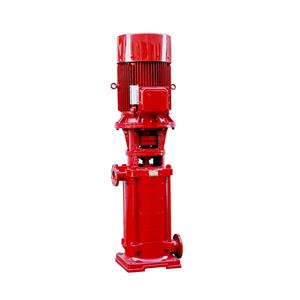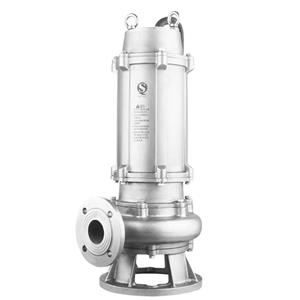The Role of Pumps in Domestic Wastewater Management Systems
Effective management of domestic wastewater is critical for maintaining public health, environmental sustainability, and urban infrastructure. Pumps serve as indispensable components in wastewater collection, transportation, and treatment processes. This article explores the applications, types, and advancements of pumps in domestic wastewater systems.
1. Wastewater Collection and Conveyance
Domestic wastewater generated from households, industries, and commercial facilities must be efficiently collected and transported to treatment facilities. Centrifugal pumps are widely used in sewer networks due to their ability to handle large volumes of water with varying solids content. Submersible pumps, installed directly in manholes or sumps, prevent clogging by lifting wastewater from low-lying areas to main drainage lines. These pumps are designed to operate continuously in corrosive environments, ensuring reliability in harsh conditions.
2. Primary and Secondary Treatment Processes
In wastewater treatment plants (WWTPs), pumps play a pivotal role in primary settling tanks and secondary biological reactors. Progressive cavity pumps (PCPs) are preferred for transporting sludge with high solid concentrations, while diaphragm pumps handle abrasive or viscous fluids during chemical dosing. Aeration systems rely on turbine or impeller pumps to supply oxygen to aerobic microorganisms, facilitating organic matter degradation. Precise flow control ensures optimal treatment efficiency and compliance with discharge standards.
3. Sludge Handling and Dewatering
Post-treatment sludge management requires specialized pumps such as screw pumps and peristaltic pumps. Screw pumps gently convey thickened sludge without shearing flocs, preserving microbial activity. Peristaltic hoses, resistant to harsh chemicals, are ideal for transporting dewatered sludge to incinerators or landfills. Automated pump systems equipped with sensors optimize energy consumption and reduce manual intervention.
4. Stormwater Management and Flood Mitigation
Urban areas increasingly integrate pumps into stormwater drainage networks to combat flooding. Stormwater pumps, often housed in lift stations, rapidly evacuate excess rainwater from saturated sewers. Variable speed drives (VSDs) allow pumps to adjust flow rates dynamically, balancing system capacity during peak rainfall events. This mitigates overflow risks and protects downstream ecosystems.
5. Innovations in Pump Technology
Modern advancements focus on energy efficiency, smart monitoring, and corrosion resistance. Variable frequency drives (VFDs) reduce power consumption by matching pump output to demand. IoT-enabled sensors provide real-time data on flow rates, pressure, and motor health, enabling predictive maintenance. Materials like stainless steel and composite coatings enhance durability in chemically aggressive environments.
Conclusion
Pumps form the backbone of domestic wastewater management, ensuring reliable conveyance and treatment to safeguard public health and ecosystems. Innovations in pump design and control systems continue to improve efficiency, sustainability, and resilience against climate challenges. As urbanization intensifies, investing in advanced pumping solutions will remain essential for sustainable water infrastructure development.
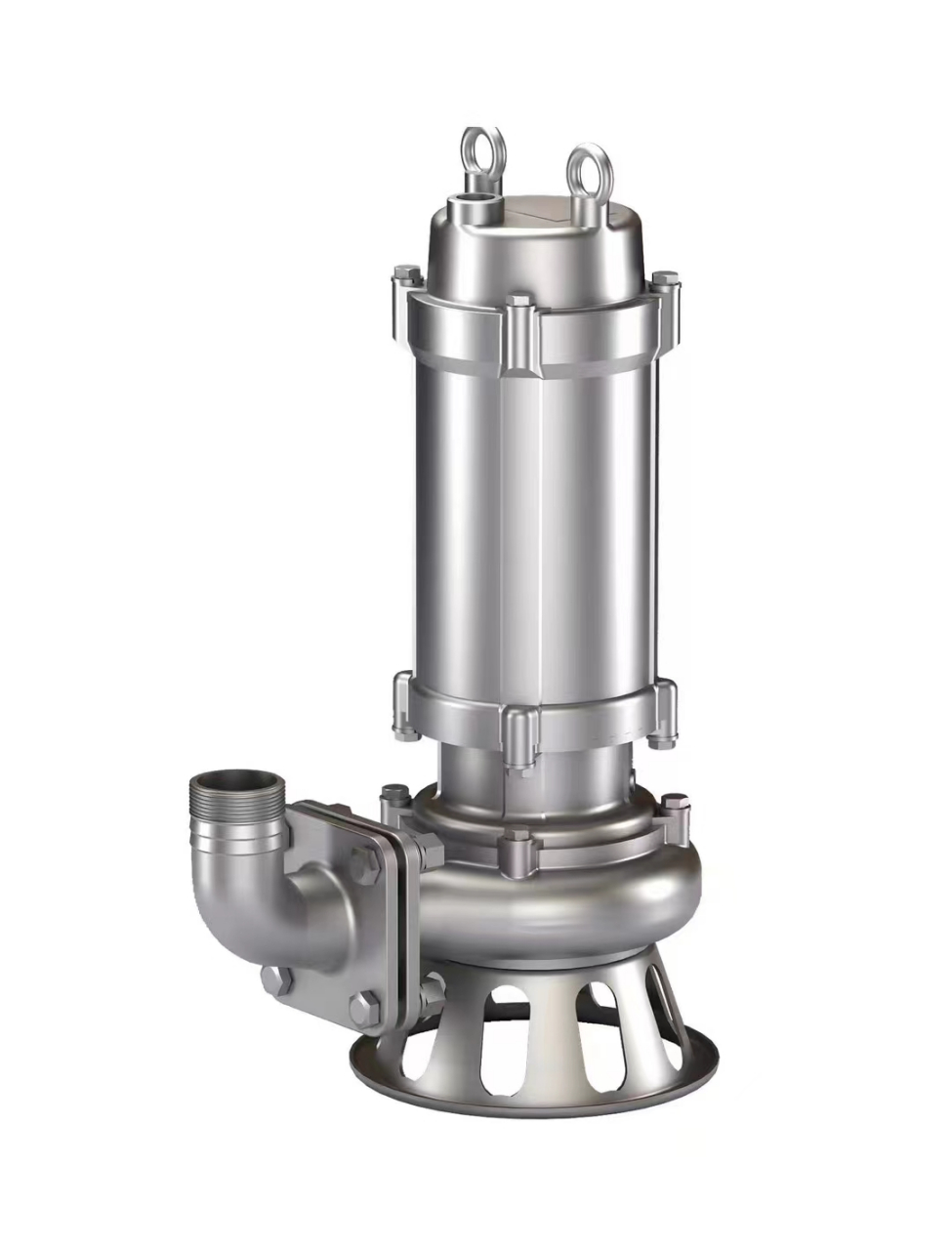
Keywords: domestic wastewater, submersible pumps, centrifugal pumps, sludge handling, IoT-enabled pumps, energy efficiency, lift stations.

